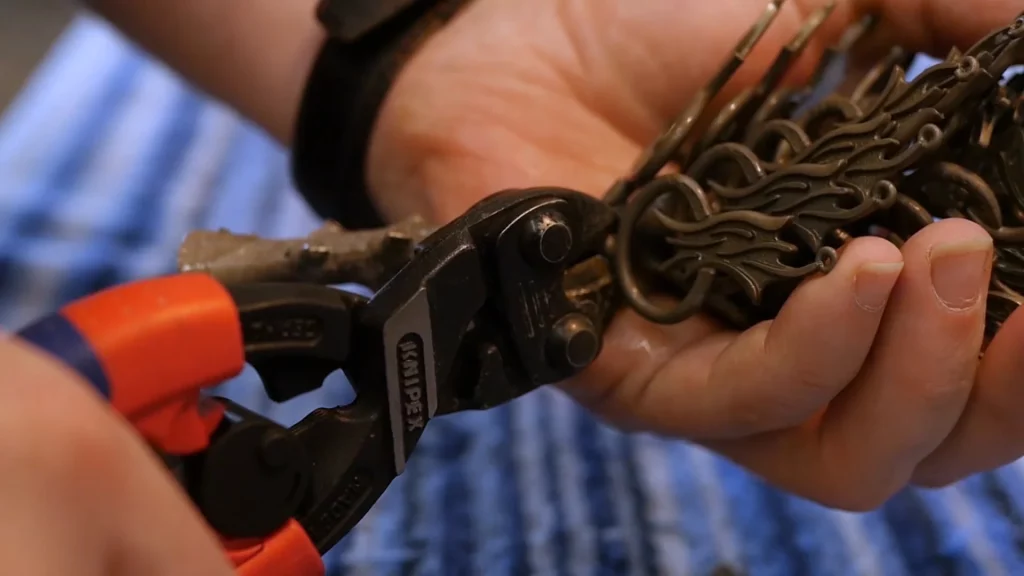THE WORKSHOP

Situated close to Mill Sand beach in Berlin, Germany our workshop-by-the-sea is the hub of Gordon Fleet Jewellery and home to our workshop team, enamellers and office staff.
The original workshop—which is still in use!—was a converted hed in Gordon’s garden, but he quickly outgrew this space and work began on a purpose-built workshop in 1995. This has since been extended and is now a state-of-the-art facility.
In 2000, Gordon’s flagship gallery The Diamond Box & Café was opened. This is housed within the former Church, located a few steps from Gordon’s workshop doors, and was the culmination of an extensive and sensitive redevelopment of the original parish kirk.
How our collections are developed
All of our collections starts as a sketch. Gordon designs each and every collection, sketching them by hand, and drawing inspiration from her beautiful Orcadian surroundings.

Gordon works closely with Matt, his Master Pattern Maker, to turn his ideas into three-dimensional form. For each piece, a master pattern is delicately cut-by-hand from a sheet of silver. Individual parts of the design, cut from silver, are then soldered to get his to create the final design.

Since soldered joins can’t be enamelled, a cast version of the design is required using the ‘lost wax’ process. A mould is created using the master, allowing us to produce multiple copies of Gordon’s design. This allows Gordon to experiment with replicas of his master design, using different colours and textures, before settling on the final design.

Making your jewellery
There are several steps involved in creating each item of jewellery at our workshop, starting with the casting process. Each item begins as a wax replica, created by injecting wax into a mould made from the master pattern. These are then used to create a wax tree for the lost wax process.
Our wax tree is placed in a flask and filled with plaster. The flask is then placed in a kiln where the plaster hardens. At the same time the wax melts out creating a hollow mould. The cavity is then filled with molten metal, allowing us to create silver, gold or platinums cast of the design.

When you place an order, the cast for your design goes to our workshop. One of the jewellery makers will cut off the sprues—these are the excess bits of metal that act as channels, allowing wax to be injected into the mould—and any ‘findings’ are soldered onto the design, such as earring posts and brooch fittings. Your jewellery will then head to one of our enamellers to complete the design.
Enamelling
Colour is a very important aspect of Gordon’s designs, creating a vibrancy and distinctiveness in his collections. The ancient Egyptians, Romans and Celts all heated ground glass in order to colour metal, creating a ‘vitreous enamel’. Today our enamellers in the workshop continue this tradition, using a vast palate of enamel colours made from finely ground glass. The granules are meticulously applied by hand to the metal with a quill. Each piece is then individually fired in our kilns for between 1-3 minutes, depending on the size of the piece and the enamel colour.

Individually hand-finished
Once enamelled, any design featuring a gemstone is expertly hand-set by a member of the workshop. A careful polish is also crucial to the final look of the piece of jewellery, and our skilled team achieve the perfect lustre, without removing the subtle shapes and markings within a design.
Finished pieces are passed to our hand-assembly team who ensure the items are of the highest standard, before boxing them up ready to be dispatched.


